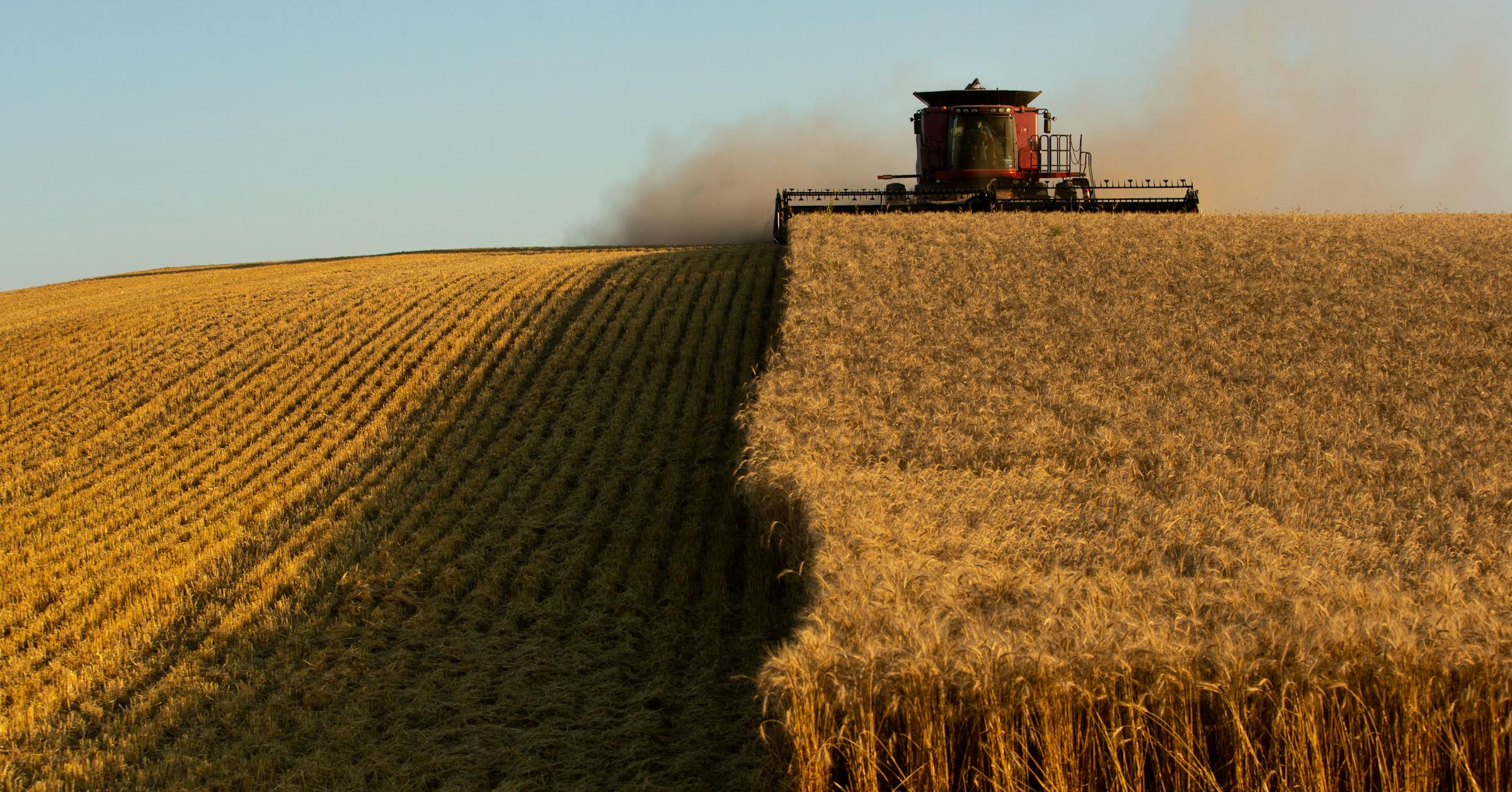Copyright Star Tribune

Minnesota has always been a land of hard work and resilience. As a border state and an agricultural powerhouse, our economy has long been tied to the ebbs and flows of global trade. Farmers here understand that their livelihoods hinge not only on the weather but also on international markets and volatile commodity prices. To survive, and thrive, they’ve learned to manage risk. Tools like futures contracts have been essential, helping producers lock in prices and plan for the future. That’s why, more than a century ago, Congress stepped in to formalize and regulate futures markets: to give farmers a fighting chance in an unpredictable world. These markets worked. By allowing producers and buyers to set prices ahead of time, futures markets introduced stability into a volatile system. Over time, what started in the farm belt expanded. Today, the same market tools used by farmers are accessible to businesses and everyday Americans seeking to hedge against everything from oil prices to interest rates. As the former chair of the House Agriculture Committee, I worked closely with the Commodity Futures Trading Commission (CFTC), the agency Congress created to safeguard these markets. After the 2008 financial crisis, we learned the hard way what happens when markets operate without proper oversight. The CFTC plays a vital role in ensuring our financial markets remain transparent, safe and fair. Just as farmers have long used agricultural futures to hedge against the uncertainty of crop yields — a practice born from the chaos of unpredictable weather — people and businesses across America are now turning to prediction markets to manage risk in a wide range of domains, from politics and inflation to technology and climate. Platforms like Kalshi enable trading on real-world events, offering a new kind of stability in an increasingly uncertain world. These markets both price risk and democratize access to tools that were once reserved for specialized industries. I’ve seen firsthand how futures markets bring order to volatility, and I know how vital it is to defend this emerging frontier from short-sighted state-level overreach. These platforms are not operating in the shadows. They’re regulated by the CFTC under the same authority that governs traditional futures markets. Yet, despite this clear federal mandate, state regulators are attempting to undermine the system. We’ve seen this play out before. When futures markets first emerged in the late 19th and early 20th centuries, critics decried them as speculative gambling. However, Congress recognized their value and stepped in to regulate, not prohibit. The result has created one of the most stable and prosperous financial systems in the world, anchored by the idea that markets, when properly overseen, can help Americans navigate uncertainty. Prediction markets deserve that same chance. But if the courts rule against Kalshi, the implications won’t stop there. The precedent set would open the door for 50 different state regulators to assert gambling authority over federally regulated futures markets. Slot machine regulators were never meant to have control over American financial markets — that would be a direct threat to the very system farmers rely on, and one Congress has worked for decades to protect. If prediction markets can be dismantled this way, agricultural futures will be next. This isn’t about one company. It’s about the integrity of a system that Americans — farmers, families and businesses alike — depend on every day. Undermining the CFTC creates legal confusion and puts at risk the financial tools that keep American agriculture afloat. Minnesota farmers count on fair, federally regulated markets to manage risk. So do Americans across the country. Congress created the CFTC with a clear purpose: to ensure financial tools, both new and old, serve the public good. The courts must uphold that mandate.



